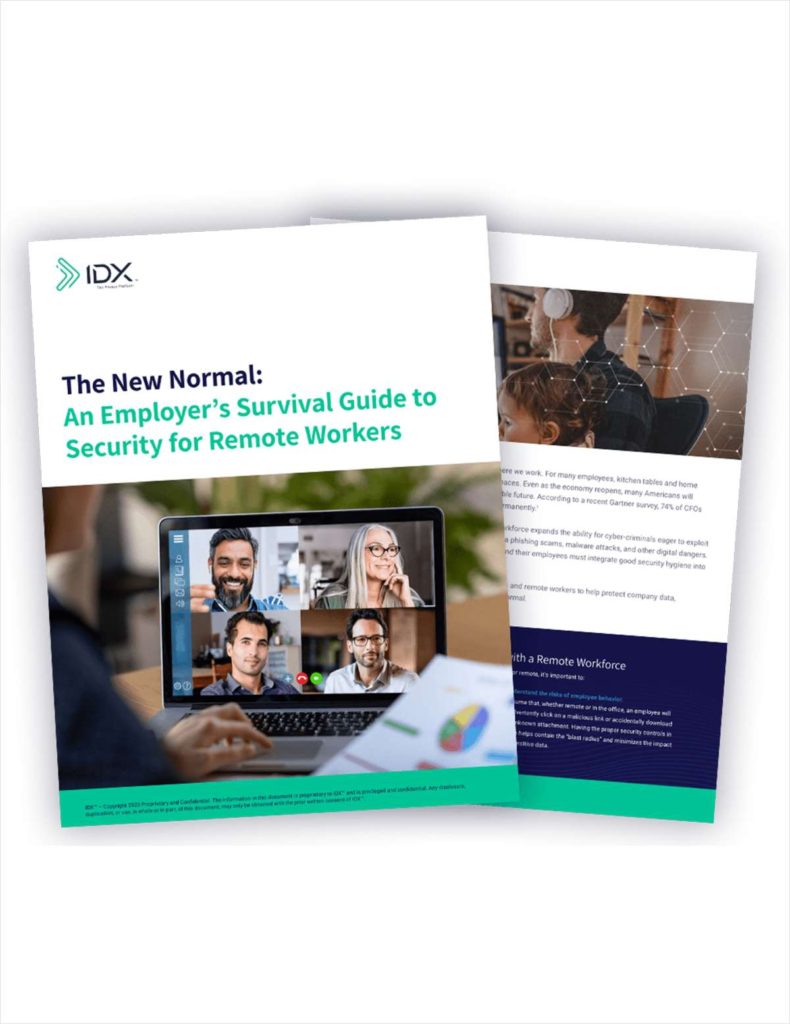At this time, countless employees worldwide are simply exhausted, and unfortunately, many employers refuse to reduce the workload and/or offer more support.

A close friend of mine Jim is a perfect example. On the one hand, Jim feels thankful that he is in good health and allowed to work from home. On the other hand, almost 10 months into the pandemic, Jim is physically exhausted, stressed, and mentally depressed. This whole new virtual work world has completely changed the consistency of his pre-pandemic office work at Corporate.
For him, work seems non-stop.
His children can’t go to school, and as such, he feels the consistent pressure of home-schooling.
Jim feels his “new” workspace at home is very confining, and certainly not like his spacious open plan office to which he previously commuted.
He is now regularly fielding phone calls from his coworkers as early as 7 a.m.
Jim has also noticed that his colleagues now expect immediate responses.
If his email responses are not immediate, his colleagues often then try to reach him through Messenger on Facebook, despite the fact that Jim does not use Facebook for business purposes.
He is also really sick of Zoom calls and regularly wonders why he was even invited, or expected, to participate on the Zoom calls. Otherwise referred to as “Zoom Fatigue.”
Jim closed our conversation by saying, “I used to work from home, now I live at work.”
Jim is not alone. In fact, there have been many research studies quantifying the high level of “burn out” in the global work world. Millions of people are suffering this burnout, largely tied to: anxiety about work and job security, no reduction in the workload, little or no support from employers, and the seemingly endless onslaught of emails and Zoom calls.
While it is nice to hear the recent positive news about the promising Covid-19 vaccines, virtual workers continue to complain about the aforementioned pandemic fatigue. Furthermore, remote workers are feeling very isolated and alone, which breeds paranoia, distrust, and anxiety.
As such, I thought it would be very helpful to provide you and your teams seven proven best practices to address this pandemic-related fatigue, exhaustion, and depression:
- First, evaluate your wellness policies and whether they need to be changed or bolstered. In fact, 72% of U.S. companies are adding more benefits focused on employee well-being.1 Furthermore, 59% of U.S. employers are adding new benefits, such as offering mental health counseling, reduced workloads, less work hours, and/ giving more paid time off.2
- Try and ensure these wellness policies are inclusive, such that people can select what best works for them.
- Make promoting FUN an intrinsic part of your workplace culture, since FUN can be the most powerful medicine for anxiety and stress. Leverage gamification, letting your employees regularly play on-line games with one another.
- Set daily mindfulness breaks twice daily, mid-morning and mid-afternoon.
- To address the dual pressures of home-schooling and working from home, consider expanding family care leave, such as adding additional paid time off for parents and/or additional child support.
- Revisit your company’s approach to meetings; this is especially important given the widespread employee disdain for these meetings. There were 55 million meetings in the U.S. this year.3 The average Manager in the U.S. sat in on 12 meetings per week, while the average non-manager had to attend eight.3 Recent studies reported that 70% of worldwide workers rated their meetings as poor or unproductive.4 Here are 10 very helpful tips for improving your meetings and how they are perceived:
- Create significantly better meeting agendas.
- Train your meeting leaders on how to chair a successful meeting.
- In advance of the meeting, inform attendees as to why they are being invited to the meeting.
- Expect and demand that the meeting start on time.
- Also, explain that anyone who shows up late to the meeting will not be allowed to participate.
- Be sensitive to time zones when scheduling the meeting.
- Clearly define the topic/s that are going to be discussed.
- Explain why the topic/s is/are important enough to be on the agenda.
- Articulate what you would like to achieve during the meeting.
- Include only the right people in the remote meeting.
- Consider establishing a “No Meeting Day” every two weeks.
Ironically, bad meetings are like a virus. The outcome of a bad meeting is another meeting to be held, then another, and another. As such, strive to make your meetings successful right out of the gate.
- While all of the tips above are very effective, the single most important driver of successfully managing pandemic fatigue, is the relationship the Manager has with her/his employees. Great Managers have regular interactions or “check-ins” with their direct reports and initiate a dialogue about their wellbeing. Moreover, the more contact employees have with their Manager, the better they feel and more committed they are to their health.
